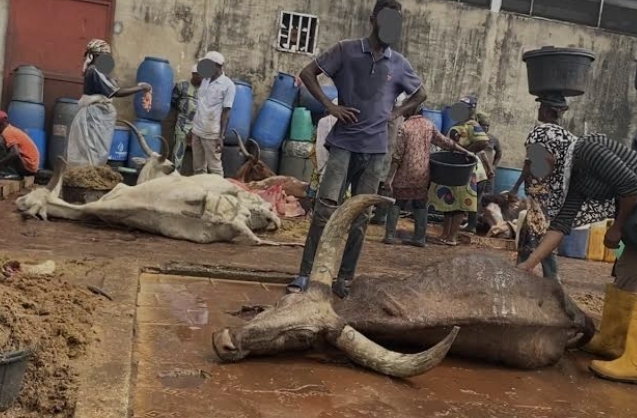The Parliamentary Committee on Health has issued a stark warning about the dangerous state of abattoirs and slaughterhouses across Uganda, pointing to severe public health concerns caused by unsanitary practices and poor infrastructure.
The findings, presented by Committee Chairperson Dr. Asaba Ruyonga, revealed shocking lapses in hygiene at many of the inspected facilities. Parliament, alarmed by the report, debated the issue extensively before Deputy Speaker Thomas Tayebwa directed the Executive to implement a set of recommendations. State Minister for Local Government Victoria Rusoke has been tasked with coordinating efforts across the Ministries of Agriculture, Health, and Water and Environment to address the challenges and provide feedback within a month.
Out of the 19 facilities surveyed, only 12 had proper structures for animal slaughter. However, these were marred by unhygienic conditions that could jeopardize public health. The availability of clean water, vital for maintaining hygiene in such operations, was a glaring issue. A mere 31% of the facilities were connected to the National Water and Sewerage Corporation, while the rest relied on alternatives like boreholes, water tanks, or jerry cans. In some cases, such as Jinja City, water disconnections due to unpaid bills worsened the situation.
Sanitary facilities were equally appalling. Less than half of the facilities had usable pit latrines, many of which were poorly maintained and lacked proper segregation. Alarmingly, some abattoirs, like the one in Hoima City, had no toilets at all, while others, such as Kalerwe abattoir, shared latrines with market vendors, further compromising hygiene.
The report painted a grim picture of waste disposal practices. Most facilities lacked functioning drainage systems, with stagnant water and foul odors reported in places like Masaka City abattoir. Only 16% of the facilities had adequate waste management systems. The absence of incinerators for the safe disposal of condemned animal parts was another major problem. Few facilities, such as those under Kampala Capital City Authority, had the necessary equipment for proper waste disposal.
The committee called on the National Environmental Management Authority (NEMA) to develop and enforce clear waste management guidelines for slaughterhouses to mitigate environmental and public health risks.
During the debate, MPs voiced their concerns about the implications of these findings. Kiboga District Woman MP Christine Kaaya Nakimwero stressed the need to separate animal markets from abattoirs, noting that such separation would reduce livestock theft. Other MPs called for stronger government oversight to guarantee that meat sold to the public meets safety standards.
“This is not just about infrastructure—it’s about protecting the health of Ugandans,” one MP argued, urging immediate government action.
The findings have underscored the urgent need for a nationwide overhaul of abattoir operations. As stakeholders await the government’s response, the focus remains on whether the necessary resources and political will can be mobilized to ensure safe meat production for all Ugandans.



























